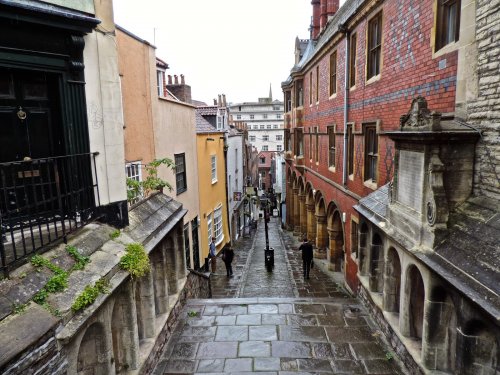Is the National Design Guide a planner's dream or nightmare
The National Design Guide was published in October 2019 alongside updates to NPPG. Some commentators have referred to it as, “50 pages of reasons for refusal”, but is this justified?
Good design in planning
The National Design Guide details ten characteristics that define great design. With NPPF paragraph 130 saying, “Permission should be refused for development of poor design, many existing successful places could potentially have been refused planning permission by reference to the National Design Guide. there is almost always an aspect on which a development can be refused, and much depends on how the development is used or maintained in the future. One example that illustrates this well is an appeal decision for student flats adjoining Christmas Steps, Bristol.
Finely balanced planning merits
The Conservation area of which Christmas Steps is a part contains, “a harmonious jumble of building styles and details…” The proposed development, “would have a very different design and appearance to the neighbouring the Grade II* listed building” with its modern style including a planted green roof with solar panels. The National Design Guide's sections on Context and Identity would be of particular relevance, had this appeal been decided today instead of 20th December 2018.
The Inspector found the development would be, “at the lower end of a sliding scale of less than substantial harm. Nevertheless, less than substantial harm does not amount to a less than substantial planning objection.” The future of the scheme hung in the balance as the Inspector mused, “When weighing the design attributes and the above noted public benefits with the less than substantial harm that I have found, this matter is finely balanced.”

Anti-social behaviour
In considering whether students would harm the pleasantness of the area, the Inspector noted, “Whilst some students can behave in an anti-social way so can some other members of society." Potential revelling on Christmas Steps was not a reason to weigh against the scheme, he decided.
So often the success of a design derives from how the place is used and maintained over time.
Good design on a good day
Perhaps it was the generosity of the season. With finely balanced planning considerations, the Inspector minded to focus more on the positives than the negatives and give considerable weight to the public benefits of the proposed four student flats, allowing the appeal. If the National Design Guide had been available, I suspect it would have contained as many reasons to refuse the scheme as to permit it. I wonder, if it were built new today, would the Christmas Steps Conservation Area comply with the national design guide? Probably not.
The appeal referred to above is APP/Z0116/W/18/3211343.
To find other appeals that are relevant to you, please use the search on our Home page.

